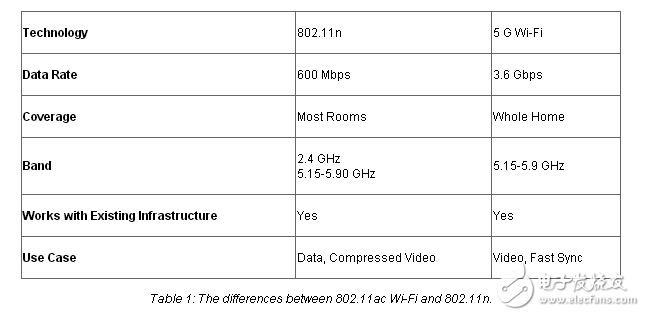
资料下载

无线网络的拓扑结构
无线网络的拓扑结构
有许多不同的拓扑可以用于无线网络,每个网络具有广泛的不同功能集。有密切联系的特定频段,包括共享网络,如Wi-Fi、ZigBee网状网络等,都在2.4 GHz频段,而其他如Z-Wave可以用在许多不同的乐队。未经许可的ISM频段有几种不同的拓扑和协议,以及点对点无线网络。
无线局域网
Wi-Fi在过去的十年里已经很好地建立起来了,在个人电脑和移动电话上实现了接入点和客户终端的低成本基础设施。它使用具有冲突检测和TCP/IP包的共享体系结构,非常适合互联网连接,但不太适合嵌入式应用程序。一个低速率的网络链接,如10 Mbit / s的802.11b,当一个节点要链接到一个繁忙的网络碰撞检测迫使它倒经常和数据链路的速度很慢。这就限制了Wi-Fi在过去工业网络中的应用。然而,与802.11g标准的快和多,多出(MIMO)802.11n,提供显着更高的利率,秋天的效果降低,这些2.4 GHz技术更为广泛的网络应用越来越普及。802.11n的MIMO功能,提供更高的灵敏度,从而转化为更长的距离(和更少的接入点,因此,较低的成本对于一个大型网络)或更多的能力更强大的链接。

However, this popularity has come at a price. As more equipment becomes network enabled – from printers to phones – so the 2.4 GHz band is becoming increasingly congested. Even with the higher data rates, this is starting to slow many 2.4 GHz Wi-Fi networks, and means the network nodes have to consume significantly more power. This means the units have to be designed for more heat, making them more costly, or run the risk of early failure and costly replacement cycles.
All this is creating more interest in the 5 GHz band defined in the IEEE802.11a standard and the emerging 802.11ac standard. This is starting to drive up volumes and drive down costs. 802.11ac is the fifth generation of Wi-Fi and uses the 5 GHz band and beam forming to provide faster throughput, higher capacity, broader coverage and longer battery life.
声明:本文内容及配图由入驻作者撰写或者入驻合作网站授权转载。文章观点仅代表作者本人,不代表电子发烧友网立场。文章及其配图仅供工程师学习之用,如有内容侵权或者其他违规问题,请联系本站处理。 举报投诉
- 相关下载
- 相关文章







